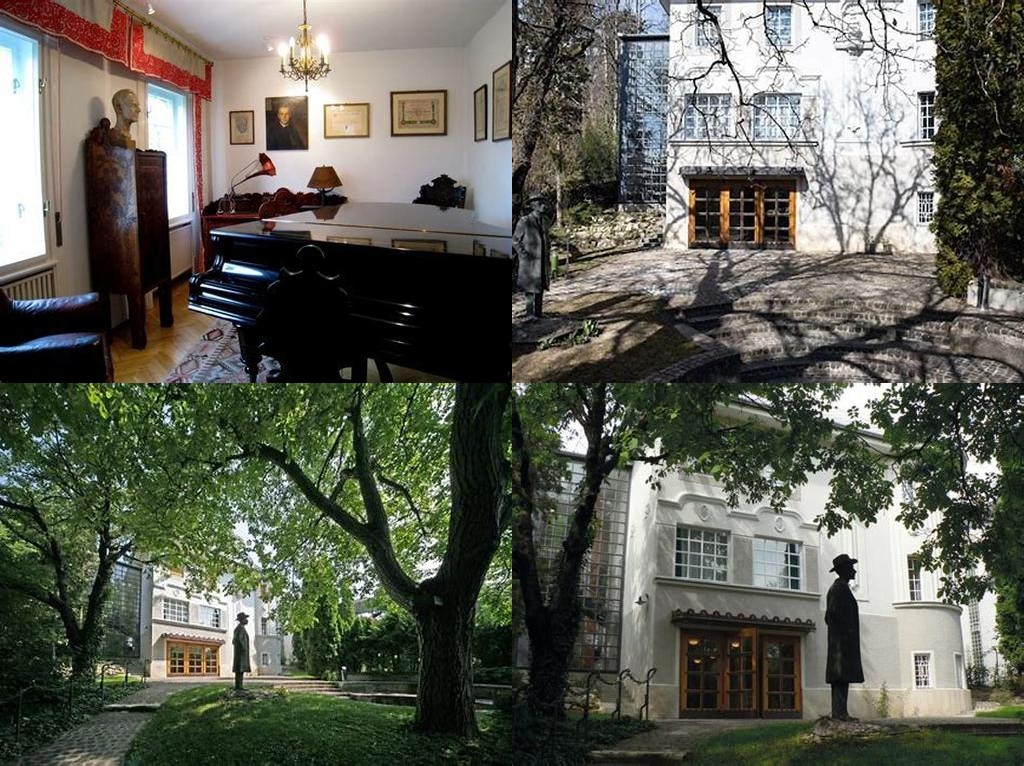
Bartók Béla Emlékház stands quietly in one of the leafy residential neighborhoods of Budapest, just a stone’s throw from the bustling city center. If you’ve ever wondered what inspires a musical genius or how the shaping of sounds is tied to the walls within which a composer lives, this is the place to wander, reflect, and explore. The house itself, where Béla Bartók spent the final years before his emigration, is simultaneously a museum, a time capsule, and a living testament to creative spirit.
Walk through the gates, and you’ll immediately notice that this is not a grand palace or opulent villa, but instead a modest, welcoming home. Built in 1924, this house was where Bartók settled in with his family, teaching, composing, and corresponding with musicians across Europe. It’s the very place where, between 1932 and 1940, some of his most influential works came to life—the resonant echoes of pieces like the “Mikrokosmos” and “Music for Strings, Percussion and Celesta” seem to linger in the air. Imagine Bartók, hunched at his study desk, transcribing folk melodies collected from remote Hungarian villages, the sounds of his upright piano drifting through the rooms that today are preserved much as he left them.
The house interior feels intimate and thoughtfully curated. Inside, you’ll find Bartók’s original furnishings, manuscripts, and a remarkable collection of personal items—each with its own backstory. There’s his worn travel trunk, symbolic of the thousands of kilometers he traversed in his ethnomusicological pursuits. You’ll see the actual piano on which he composed, standing as a silent witness to his creative process. The walls are lined with photographs, family keepsakes, and hand-written letters. Every corner offers insight not just into Bartók’s music, but his personality—his love of nature, his curiosity for distant cultures, and his quiet persistence amid the rapidly changing Europe of the early 20th century.
Every facet of the Bartók Béla Emlékház experience is immersive without being overbearing. You can linger in the sunlit conservatory where Bartók’s son Paul once practiced violin, or step out onto the leafy garden terrace. In the cozy concert room, live performances still animate the original acoustics, letting visitors experience Bartók’s sonatas and string quartets in the very space where many were composed. The house hosts lectures, intimate recitals on rare instruments, and even workshops for young, aspiring musicians. It’s a gathering point for music-lovers, historians, and curious wanderers alike.
What’s perhaps most striking is how well the museum balances the intellectual and the emotional. This is a place where you can pore over early drafts of scores or simply sit by the window, watching the sunlight filter through the same trees Bartók gazed at as he contemplated a new suite or choral arrangement. Through audio guides, or at your own pace, you’ll discover Bartók’s dual identity as both pioneering composer and passionate collector—someone who found beauty in even the most modest folk song and brought that spirit into the living rooms and stages of the entire world.
In the truest sense, the Bartók Béla Emlékház is less a monument of marble and more a living breathing organism—a home that continues to inspire creativity and contemplation. Whether you’re a seasoned music aficionado, a curious traveler, or a student searching for artistic spark, this house offers an experience more profound than any plaque or textbook. Step through its doors and find not only the story of one of Hungary’s greatest creative minds but also the universal power of music to transcend walls, time, and borders.





